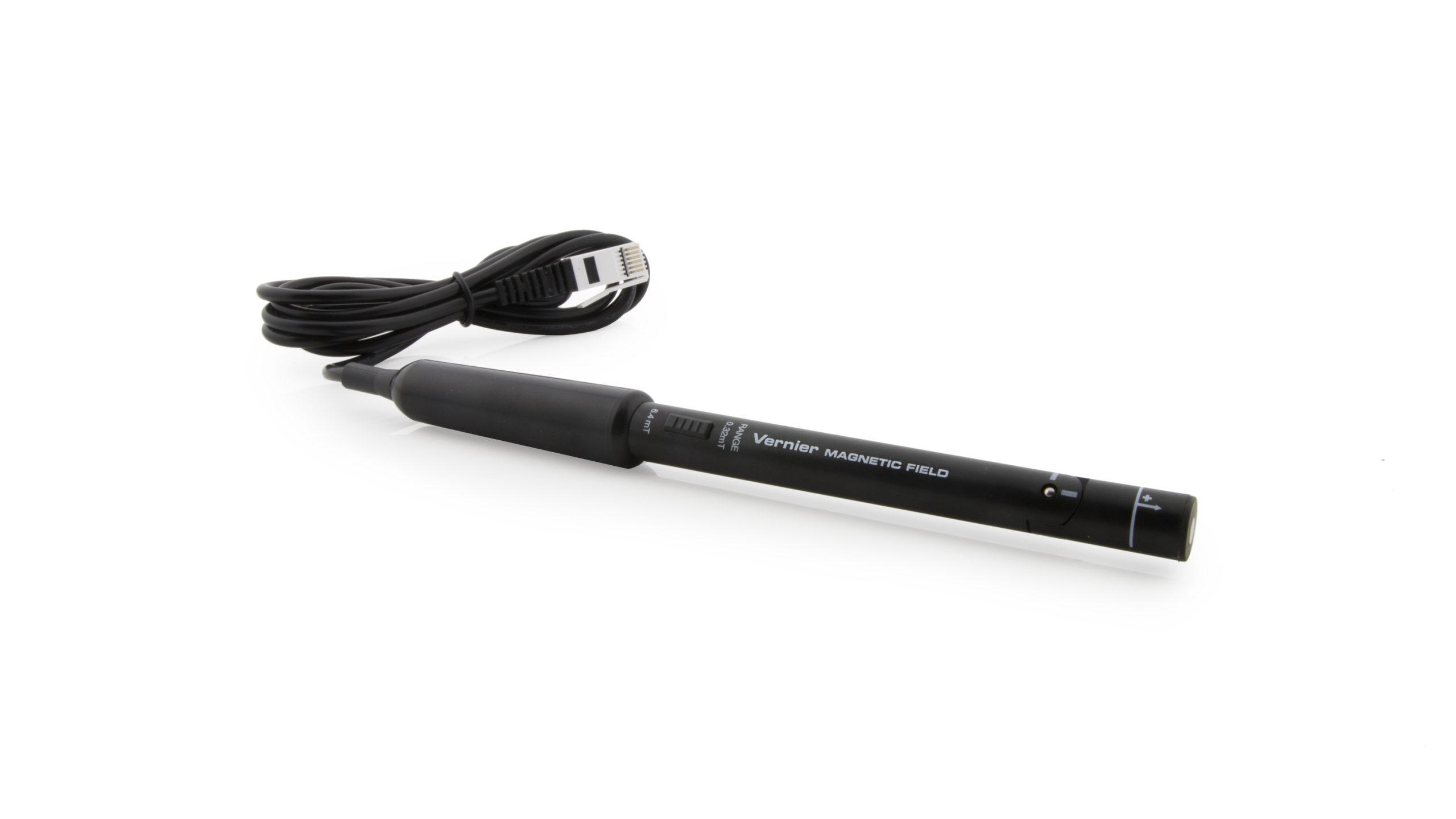Introduction
The Earth’s magnetic field is caused by the rotation of its liquid core. The typical strength of the Earth’s magnetic field ranges from 0.03 to 0.06 milliTesla (mT). Birds, bats, sea turtles, and some fish are able to sense the Earth’s magnetic field and use it to help them find their way when they migrate long distances.
Hikers, airplanes, and ships are not able to reliably detect the Earth’s magnetic field and therefore use a compass to determine the direction in which they are traveling. Compasses contain a lightweight, magnetized needle that always aligns itself with the Earth’s magnetic field and points in the direction of the North Pole. Technological advances have lead to the creation of magnetic field sensors. Like compasses, magnetic field sensors are able to detect the direction and magnitude of the Earth’s magnetic field.
Objectives
In this project, your challenge is to design and build a robot that can determine which direction is north and then indicate to the user what direction north is. Your device should incorporate a Vernier Magnetic Field Sensor to measure the magnetic field of the Earth. The location of the highest sensor reading will correspond to the North Pole.
Sensors and Equipment
This experiment features the following sensors and equipment. Additional equipment may be required.
Ready to Experiment?
Ask an Expert
Get answers to your questions about how to teach this experiment with our support team.
- Call toll-free: 888-837-6437
- Chat with Us
- Email support@vernier.com

